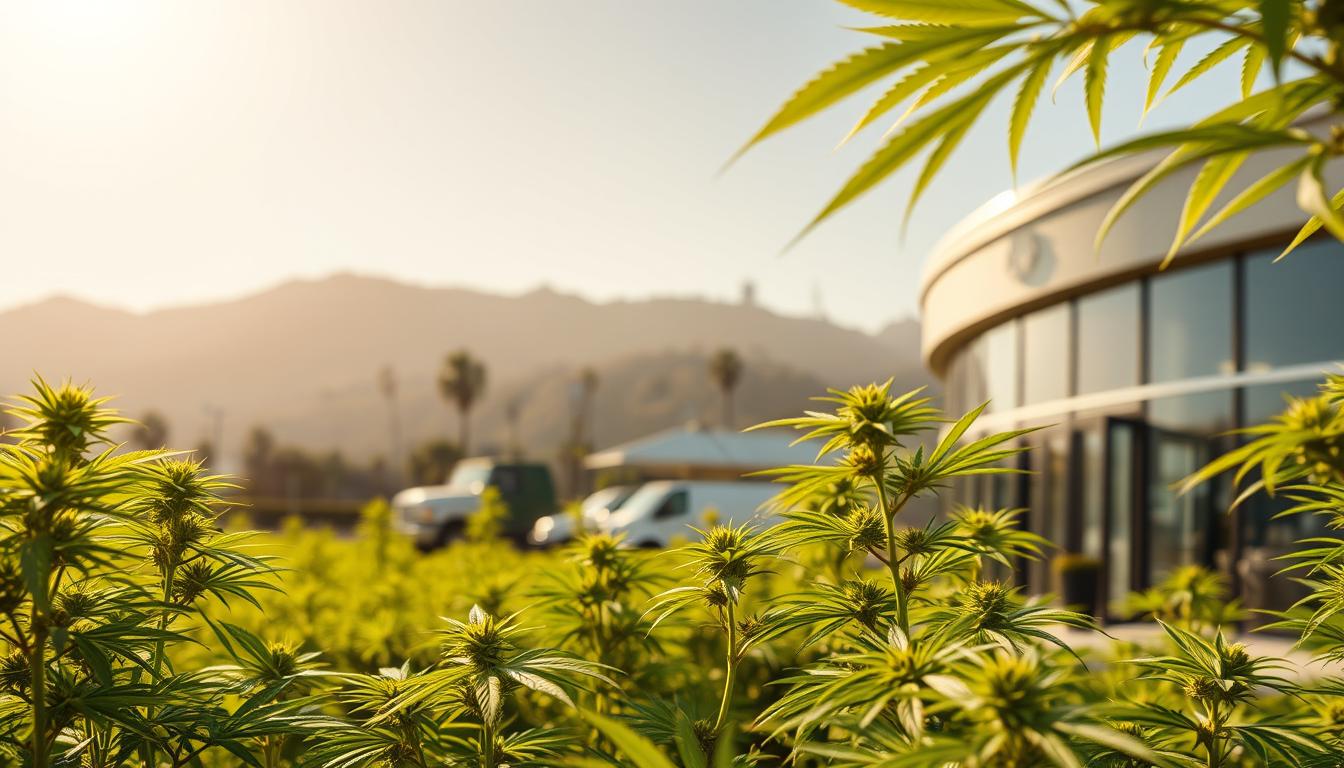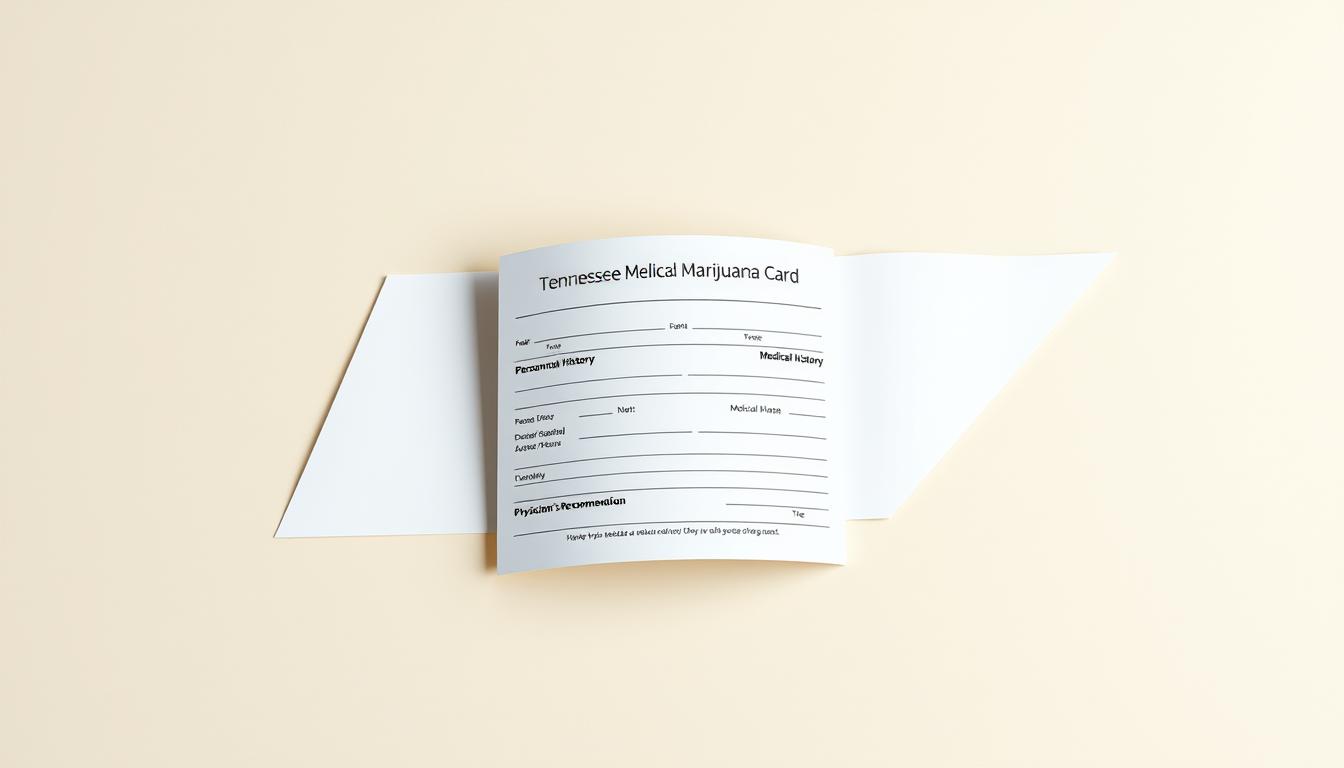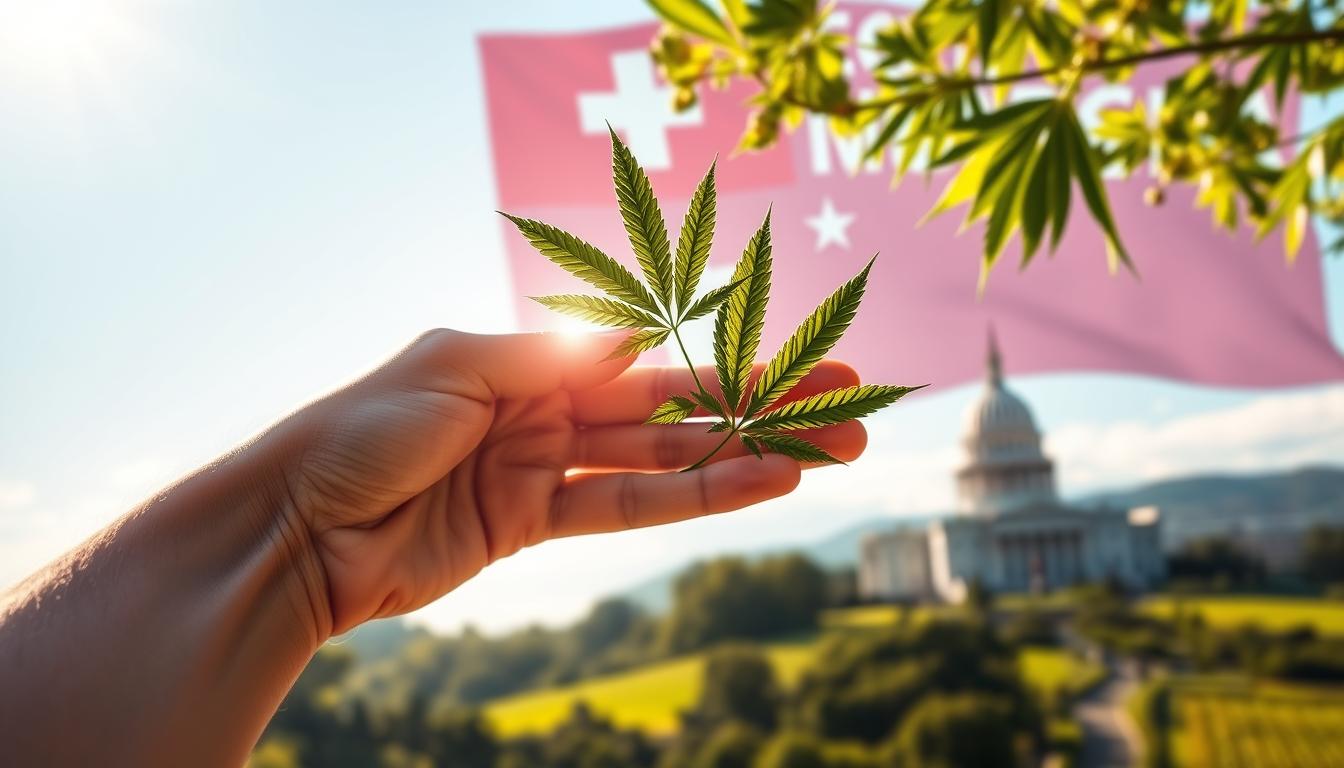Did California decriminalize marijuana?. The question of whether California has decriminalized marijuana is complex. It involves understanding the state’s history with cannabis laws. The journey started in 1996 when California became the first state to allow medicinal cannabis use through the Compassionate Use Act.
Ever after, cannabis laws in California have changed a lot. A big step was in 2016 with the Adult Use of Marijuana Act (Proposition 64). This law allowed adults to use cannabis for fun.
The shift in California marijuana laws shows how attitudes towards marijuana have changed. From only being for medicine to being okay for adults to use.
Overview of Marijuana Decriminalization in California
To understand marijuana decriminalization in California, we need to look at its definition, history, and current laws. The state’s view on marijuana has changed a lot. This change shows shifts in public views and laws.
Definition of Decriminalization
Decriminalization means making some acts less serious, like marijuana use. It’s different from legalization, which makes an act fully legal. Decriminalization vs legalization is key because decriminalization doesn’t make an act legal, just less punished.
In California, having small amounts of marijuana is no longer a crime. It’s more like a traffic ticket. This change shows a new way of looking at marijuana laws, aiming to ease the criminal justice system’s load.
Historical Context
California’s marijuana laws started in the 1970s. But big changes came in 1975 when marijuana possession was made a misdemeanor. In 2011, having one ounce or less was made an infraction, not a crime.
- The 1975 change was a big deal for marijuana laws.
- The 2011 law made penalties even less harsh, showing a trend towards softer marijuana policies.
Current Legal Status
California has updated its marijuana laws. Now, marijuana use is legal for adults 21 and older under certain rules. They can have and use marijuana, but there are limits and rules.
-
- Adults can have up to one ounce of marijuana for fun.
- They can only use it in private places, not in public or certain other areas.
The current laws aim to allow personal use while keeping public safety and order.
The Legal Framework Surrounding Marijuana
The laws about marijuana in California have changed a lot. These changes have affected how police work and the rules of the law. They have also changed how people view marijuana.
Proposition215: The Medical Marijuana Initiative
In 1996, Proposition215, also known as the Compassionate Use Act, was passed. It made it legal for patients with a doctor’s note to use marijuana for health reasons. This was a big change, showing that marijuana could have health benefits.
Proposition64: Legalization for Recreational Use
Twenty years later, in 2016, Proposition64, or the Adult Use of Marijuana Act, was approved. It made it legal for adults to use marijuana for fun. It also set up rules for growing, selling, and buying marijuana. This change showed that more people thought marijuana was okay.
Impact on Law Enforcement Policies
With marijuana now legal for both health and fun, police have had to change how they work. According to the California cannabis laws and regulations, police now focus on making sure people follow the new rules. This helps keep everyone safer and makes the justice system work better.
There are fewer arrests and jail times for marijuana now. This is part of California drug policy changes that focus on health and safety over punishment. Because of this, police need to keep learning and adjusting to the new laws about marijuana in California.
The Difference Between Decriminalization and Legalization
Decriminalizing and legalizing marijuana are two different ideas. They affect users, law enforcement, and the legal system in different ways. It’s important to understand these differences.
Legalization Defined
Legalization makes something completely legal, removing all penalties. With marijuana, it means people can use and share it without legal trouble. California’s marijuana reform is a good example, where adults can use recreational marijuana.
Consequences of Decriminalization
Decriminalization reduces or removes criminal penalties for marijuana possession. But it doesn’t make it legal. A study on the National Center for Biotechnology Information website shows it lowers arrests and jail time for marijuana crimes. But, it might lead to fines or other penalties.
Decriminalization is a step towards better marijuana laws. It helps the criminal justice system by focusing on more serious crimes. This makes communities safer.
Public Perception
How people see marijuana affects laws. As views change, more people want softer laws. Surveys show most now support legalizing marijuana. This shift is key for lawmakers.
The difference between decriminalization and legalization matters a lot. It affects people, communities, and the law. Knowing these differences helps us understand marijuana laws in California better.
Benefits of Decriminalization for California Residents
Decriminalizing marijuana has brought many benefits to California residents. This change has positively impacted many areas of community life.
Reduction in Arrests and Incarceration
One big advantage is the drop in marijuana-related arrests and jail time. With decriminalization, police can tackle more serious crimes. People are less likely to go to jail for small offenses.
This change has cut down the number of people going into the criminal justice system for marijuana crimes. It has also eased the load on the correctional system.
Economic Impact on Local Communities
Decriminalization has also boosted the economy in local communities. It has saved money on law enforcement and correctional costs.
Also, the cannabis industry has brought in new jobs and tax money for local areas.
Social Justice Considerations
Decriminalizing marijuana has big social justice benefits. Minority communities, hit hard by old marijuana laws, see the most gains.
By cutting down arrests and jail time in these areas, decriminalization tackles some of the justice system’s deep-seated issues.
Regulations Governing Marijuana Use in California
California has set rules for using marijuana. These rules aim to keep marijuana use safe and controlled. They also make sure the marijuana industry follows the law.
Age Restrictions
One important rule is about age. People must be at least 21 to buy and use marijuana. This rule helps keep marijuana out of the hands of minors. It also makes sure only adults can decide if they want to use it.
Possession Limits
There are also limits on how much marijuana you can have. Adults can have up to one ounce of marijuana. This rule stops people from having too much and helps keep things balanced.
Consumption Locations
Rules also say where you can use marijuana. You can use it in private homes, but not in public places. This includes parks, schools, and other places where smoking is banned. Also, property owners can say no to marijuana use on their property.
California’s rules aim to find a good balance. They let adults use marijuana but try to keep its impact small.
Challenges Following Decriminalization
California is facing many challenges after decriminalizing cannabis. The journey to a regulated market is tough. It deals with legal issues and the black market.
Ongoing Legal Conflicts
Legal problems are a big challenge for California. State and federal laws on cannabis don’t always match. This makes it hard for cannabis businesses to grow.
Legal fights over licenses, zoning, and following state rules are common. These disputes can lead to court cases, which are a burden on the courts.
Black Market Concerns
The black market is a big worry, even with legal cannabis. Illicit cannabis sales hurt the legal market and make it hard for police to keep things under control.
The black market stays strong because of high taxes and tough rules. Fixing these problems is key to beating the black market.
Industry Regulations and Compliance
The cannabis industry has to follow many rules. This is a big challenge for businesses. Following these rules is not just legal, it’s also important for keeping public trust.
California is working to improve its rules. This includes making sure products are safe and labels are clear. But, these changes can be hard for small businesses to keep up with.
The Role of Local Governments in Marijuana Policy
Local governments in California have a big role in marijuana policy. They make rules that can differ from state laws. This makes the legal scene for cannabis businesses and users complex.
Local Ordinances and Restrictions
Local governments in California can make their own rules for marijuana businesses. These rules might include where businesses can be, who can run them, and how they must operate. For example, some cities don’t allow marijuana dispensaries, while others have special zones for them.
Different areas in California have different views on marijuana. Some see it as a way to make money, while others are more careful. This means some places allow more types of marijuana businesses than others.
City vs. State Regulations
The rules for marijuana in California are not always the same everywhere. State law says it’s okay to sell and use marijuana for fun. But, local governments can add their own rules. This leads to different rules in different places.
This can make it hard for businesses to work in many places. They have to follow both state and local laws. This is a big challenge for them.
Case Studies of Local Responses
Some California cities have found new ways to handle marijuana rules. For example, Oakland has a special permit system for cannabis businesses. Los Angeles has a program for licensing marijuana stores.
- Oakland’s system lets a certain number of cannabis businesses operate in the city.
- Los Angeles focuses on making sure marijuana stores meet certain standards.
- San Francisco is more open, letting more types of marijuana businesses run.
These examples show how different local governments in California handle marijuana. As the industry grows, local rules will keep playing a big part in shaping it.
Public Opinion on Marijuana Decriminalization
The move to decriminalize marijuana in California has changed how people think about it. Different groups have their own views on this change. As the state deals with cannabis laws, knowing what people think is key.
Polling Data Insights
Recent polls have given us a peek into what Californians think about decriminalizing marijuana. Most people support it, seeing it as a way to save money and bring in more taxes. Polling data shows more people are okay with using cannabis, seeing it as a move towards fairness and justice.
Variations Across Demographics
But opinions on marijuana decriminalization vary a lot depending on who you ask. Younger folks tend to be more in favor than older ones. Also, people’s views change based on their income and education. It’s important for lawmakers to understand these differences to help everyone.
Attitudes Toward Future Changes
As California keeps working on its marijuana laws, opinions on future changes are mixed. Some want full legalization, while others worry about health and safety. The ongoing debate shows we need more talks and education on cannabis decriminalization.
Looking at what people think about marijuana decriminalization helps California make better laws. It’s a step towards fairness and a good system for everyone.
The Future of Marijuana Legislation in California
California is exploring new ways to handle marijuana laws. The state’s early move to legalize cannabis has inspired others. This could shape the future of marijuana laws across the country.
Emerging Trends and Legislative Changes
New laws might make current rules better, help those who were unfairly left out, and keep everyone safe. These changes could affect the whole cannabis industry in California.
National Influence on California’s Cannabis Industry
What happens nationally will also impact California’s marijuana scene. Many states are following California’s lead. This could help California’s cannabis businesses grow as the national market expands.
Industry Predictions
Experts think California’s cannabis industry will keep growing. It might also see more companies merging and a focus on following the law. Finding a balance between the industry’s needs and public safety will be key.


